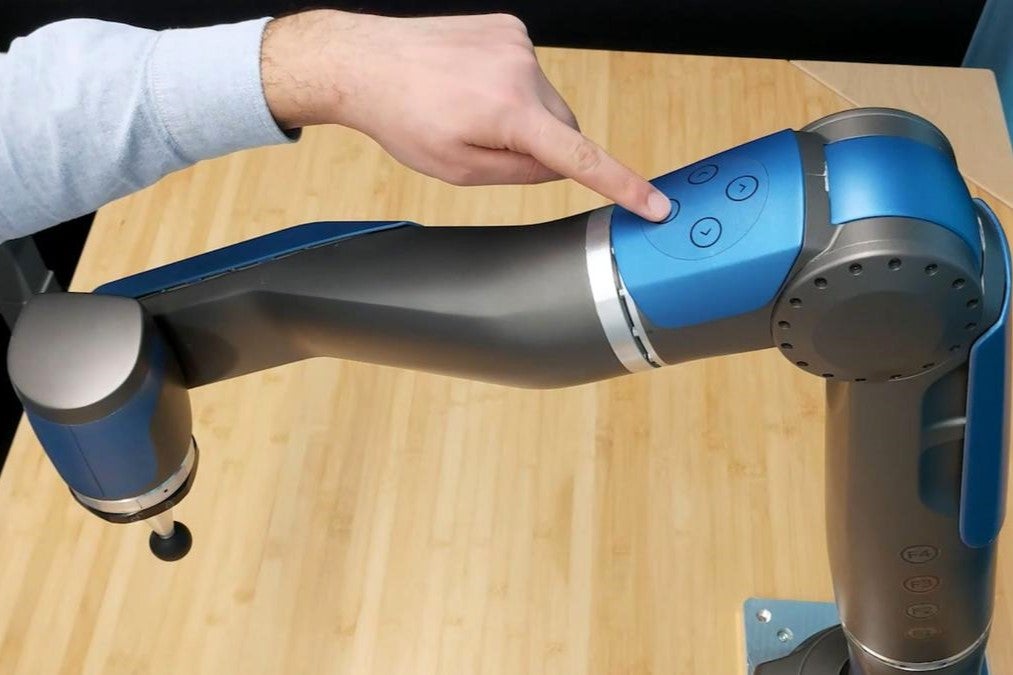Robots learn to feel human touch without artificial skin
AI-powered robot allows entirely new ways for humans to interact with machines

Your support helps us to tell the story
From reproductive rights to climate change to Big Tech, The Independent is on the ground when the story is developing. Whether it's investigating the financials of Elon Musk's pro-Trump PAC or producing our latest documentary, 'The A Word', which shines a light on the American women fighting for reproductive rights, we know how important it is to parse out the facts from the messaging.
At such a critical moment in US history, we need reporters on the ground. Your donation allows us to keep sending journalists to speak to both sides of the story.
The Independent is trusted by Americans across the entire political spectrum. And unlike many other quality news outlets, we choose not to lock Americans out of our reporting and analysis with paywalls. We believe quality journalism should be available to everyone, paid for by those who can afford it.
Your support makes all the difference.Scientists have discovered a way to give robots a sense of touch without the need for expensive artificial skin.
A team from the German Aerospace Centre instead used artificial intelligence to interpret the signals from a robot’s internal sensors in order to accurately detect external force and pressure.
The researchers said the new approach would negate the need for costly biometric skins and sensors, while also enabling a “shift from conventional modalities towards adaptability, flexibility, and intuitive handling”.
A concept built by the team includes virtual buttons, switches and slider bars that can be freely placed, moved and configured in any location on the robot’s structure.
The setup allowed the robot to detect physical interactions without needing specific touch sensors.

The accuracy of the machine learning algorithms meant that the robot was even able to detect when numbers were traced on its surface, which could potentially allow entirely new ways for humans to interact with robots.
“We were able to let the robot sensitively feel the surrounding environment and accurately localise touch trajectories in space and time that were applied on its surface by a human,” the researchers wrote in a study detailing the technological advancement.
“This opens up unexplored opportunities in terms of intuitive and flexible interaction between humans and robots.
“The intrinsic sense of touch we proposed in this work can serve as the basis for an advanced category of physical human-robot interaction that has not been possible yet, enabling a shift from conventional modalities toward adaptability, flexibility, and intuitive handling.”
The study, titled ‘Intrinsic sense of touch for intuitive physical human-robot interaction’, was published in the journal Science Robotics on Wednesday.
Join our commenting forum
Join thought-provoking conversations, follow other Independent readers and see their replies
Comments